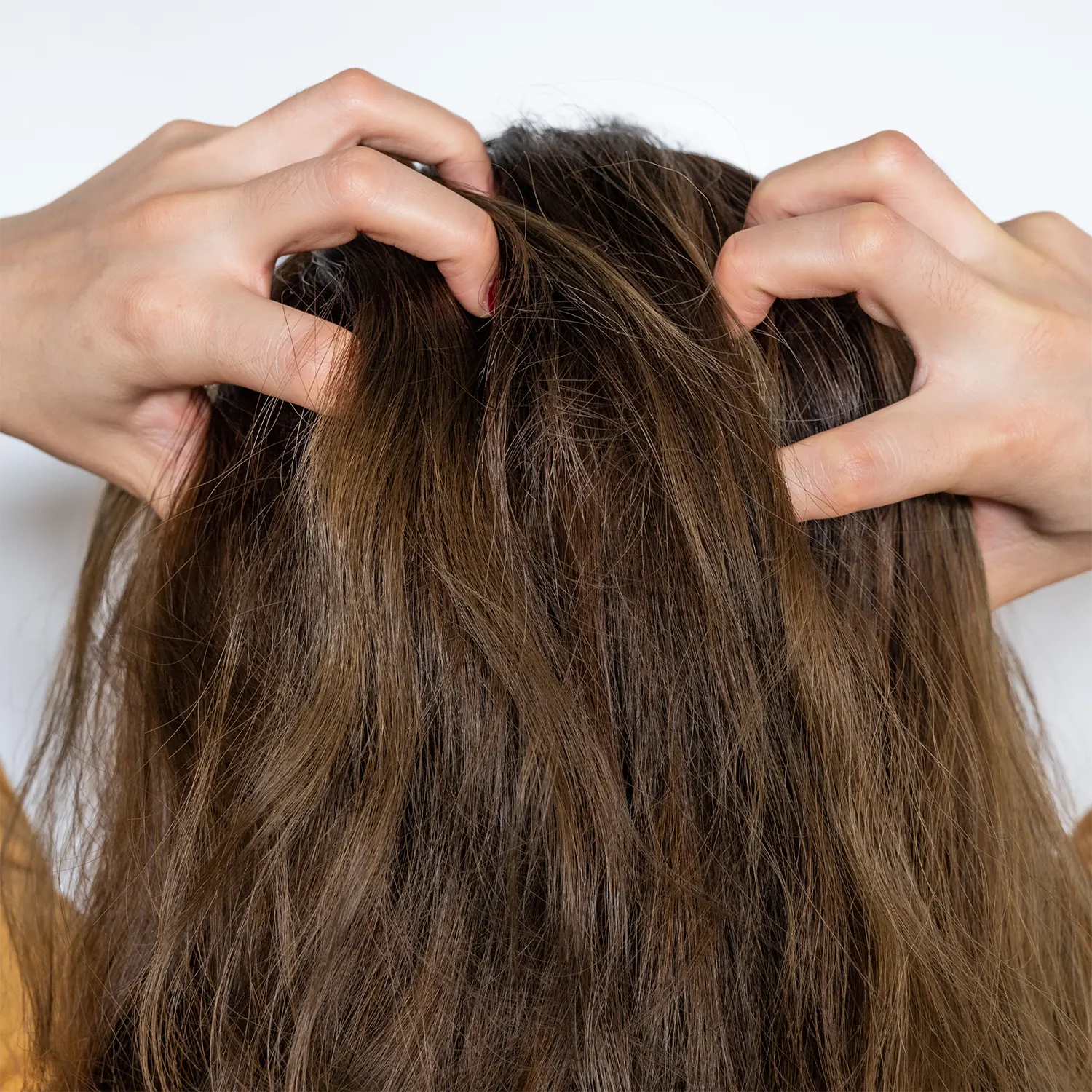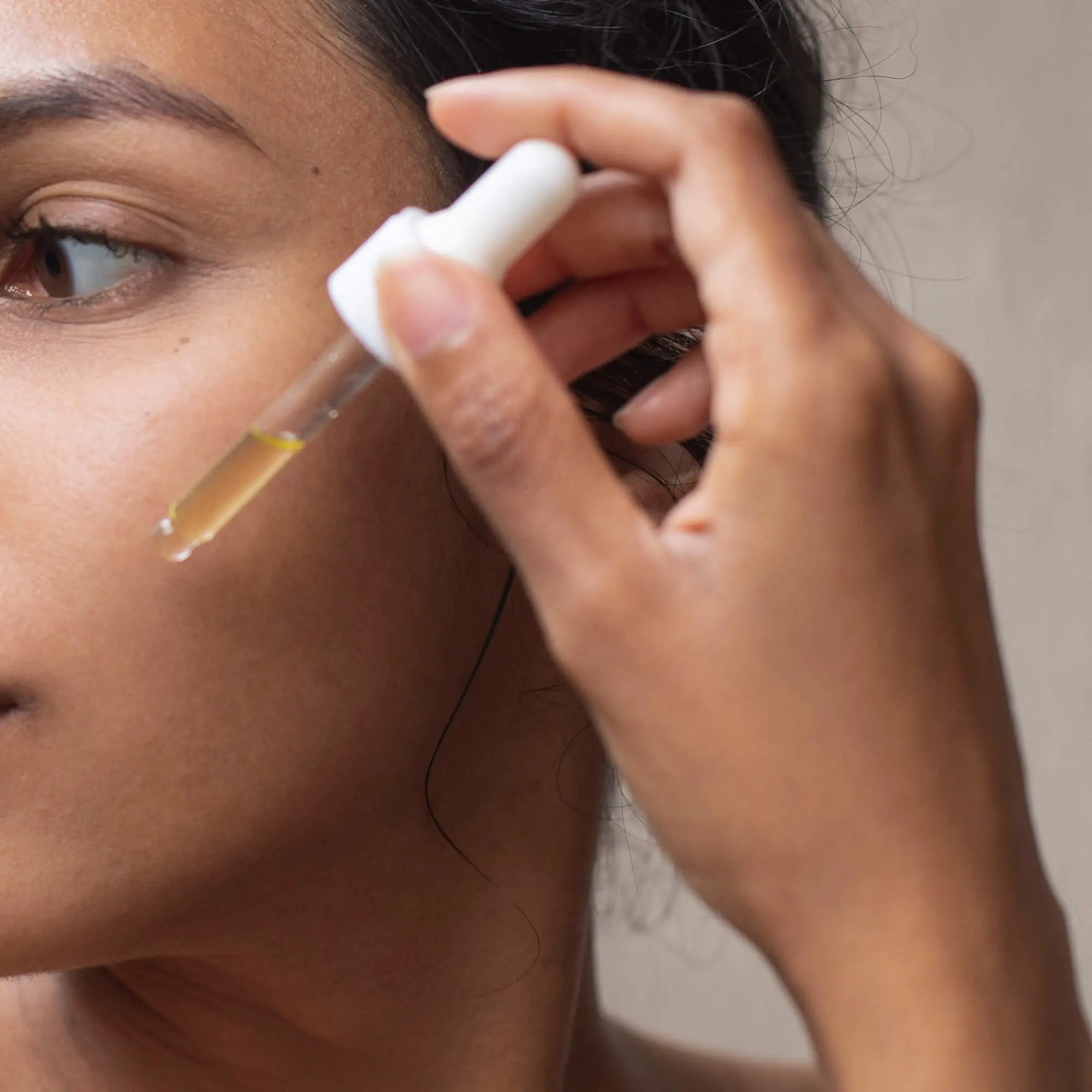
Skin-irritating shampoos - a widespread problem
Almost every second person today describes their scalp as sensitive or very sensitive. The most common complaints include itching, flaky, burning or reddened scalp. In particular, in the case of extremely dry and irritated skin that also itches or burns, underlying skin problems such as neurodermatitis, psoriasis or a tendency to allergies can play a role. In most cases, however, it is the irritating surfactants in conventional shampoos that trigger these problems.
Irritating surfactants in conventional shampoos
Many conventional shampoos still contain surfactants such as sodium lauryl sulfate (SLS), sodium laureth sulfate (SLeS) or ammonium lauryl sulfate (ALS). These substances are known to irritate the skin and can lead to intolerances in sensitive people. They are produced petrochemically from ethylene oxide, a highly toxic chemical that is considered to be mutagenic, teratogenic and potentially carcinogenic. Such surfactants can weaken the skin barrier, promote allergies and make the scalp more susceptible to pollutants. These surfactants are therefore prohibited in natural cosmetics. It also doesn't help if such shampoos are marketed as "sensitive" and are enriched with soothing plant extracts or oils - the irritating properties of the surfactants remain.
Scalp itching, burning and redness caused by surfactants
Many people forget that shampoo ingredients not only affect the hair, but also the scalp. Aggressive surfactants, emulsifiers and fragrances damage the skin's natural acid mantle, penetrate the body and can accumulate in the tissue. These surfactants attack the skin's protective lipid layer, which leads to a disrupted barrier function. As a result, the scalp dries out, which leads to itching, redness and a weakened immune system of the skin. Pollutants can penetrate more easily and the skin becomes even more susceptible to irritation. Petroleum-based ingredients are even suspected of being carcinogenic and having a negative effect on the internal organs.
More and more people are therefore looking for natural shampoos with skin-friendly surfactants that do not contain emulsifiers, mineral oils, silicones or artificial preservatives and fragrances.
Detergent amino acids - a gentle alternative
The milder the detergent substances, the more skin-friendly the shampoo is. At myrto, we use plant-based detergent amino acids in high concentrations. These extremely mild surfactants are significantly more expensive than conventional alternatives, but they offer particularly gentle cleaning and produce a fine, stable foam - unlike the mountains of foam created by aggressive surfactants. Less foam does not mean less cleaning power. On the contrary: Excessive foam is more likely to be a sign of skin-irritating ingredients and should be viewed with caution.
1% Sodium Lauryl Sulfoacetate (SLSA) – effective & skin-friendly
In some of our myrto organic shampoos, we use a very small amount (less than 1%) of sodium lauryl sulfoacetate (SLSA) in addition to the gentle amino acid surfactants. This provides a slightly increased cleaning effect, but is chemically and structurally very different to problematic sulfates such as sodium lauryl sulfate (SLS), ammonium lauryl sulfate (ALS) or sodium laureth sulfate (SLeS). SLSA consists of much larger molecules that do not penetrate the skin and do not make the skin barrier more permeable. It is therefore classified as harmless and is even certified for natural cosmetics. Even if SLSA cleans a little more vigorously than pure amino acid or sugar surfactants (glucosides), the low dosage ensures a balanced cleaning performance without irritating the scalp or stressing the hair roots.




